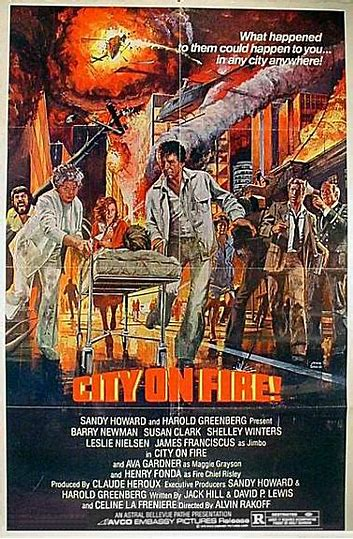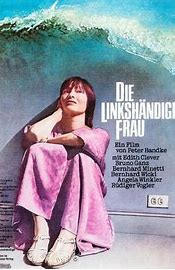Alvin Rakoff’s City on Fire is a particularly
grim addition to the 70’s run of disaster films, a relic of a time when audiences
were assumed capable, by some producers anyway, of being entertained by almost any old thing: it lacks the resources to convey the titular burning city
(unnamed here, but played by Montreal) with any kind of plausibility, but also,
more damagingly, doesn't have the creative energy and sense of adventure that
might have compensated for such a lack (or even made a virtue of it). Taking
the thing on its own wearily literal terms, weaknesses pile up: it fails in
every area of special effects, wastes time on trivial narrative devices while
seeming weirdly disengaged from what presumably ought to be interesting about the
whole thing (what would actually happen, if a city had 180 separate
fires going, as stated here at one point?), lacks much internal consistency (almost
as soon as the fire breaks out, we get a shot of an entire high-rise building
collapsing in flames, which doesn’t correlate at all with what follows) and allowing
no scope either for good acting or (again, perhaps more regrettably) for the
enjoyably bad kind. The plot, such as it is, has a disgruntled employee sabotaging
(with remarkable ease) an oil refinery located too close to the centre of town;
he subsequently hangs around the hospital which dominates the “action,” as does the mayor (Leslie Nielsen), who seems weirdly unconcerned
about keeping tabs on the big picture, a stalwart nurse (stalwart Shelley
Winters), irascible surgeon Barry Newman (what, you expected Paul?), and sundry
others. Henry Fonda as the fire chief barely leaves the situation room; even
more limitingly, Ava Gardner as an alcoholic local TV personality anchors the
coverage while never apparently talking to any other reporter, her broadcasts seeming
desolately stark and isolated. Nevertheless, we’re informed they were a
spectacular success, by some unclear measure.




